.jpg)
Strait of Juan de Fuca and Olympic Mountains
Between Friends
Crossing the border into the United States is not the simple matter it was for Canadians prior to the institution of the Western Hemisphere Travel Initiative, in 2007, which mandated all travellers present a passport on entry. Before then, a perfunctory “Where are you from? Where are you going? Do you have any contraband cabbage? Have a nice day” comprised the usual formality.
These days, Canadians are met on both sides of the border by gruff, sometimes intimidating, officials (despite signs pledging courteous behaviour). Some seem to take pleasure in making vague comments suggesting one might be in for further scrutiny. For instance, during my visit to Montana last year, when I commented that it was a beautiful day, a border guard replied ominously, “So far, huh?” Perhaps it is a tactic designed to unnerve people with “something to hide.”
In 2012, I blundered over the tiny isthmus separating Stewart, British Columbia and Hyder, Alaska — a postage stamp of US territory isolated by a zig-zag of the capricious boundary at the head of the Portland Canal. In 1994, on part of a 3-month northern cycling odyssey, I’d pedalled over to the Alaskan village for supper, forgoing the obligatory “Hyderization” by grain alcohol.
If Alaska had tumbleweeds, this place would be Tumbleweed Junction. There was no sign of a customs post. Eighteen-years later, I was met by a very serious Canadian sentry.
“Passport!”
Unlike my organized wife, I had neglected to renew this document.
“Um, I don’t have one.”
“You are attempting to cross an international border!”
“Yes, but I was just over to Hyder to take a photo, like I did 18 years-ago.
“This is an international border. You need a passport to cross!”
“We’ve been out of the country, a few metres into Alaska, for five minutes.”
And so on. Note: it’s not wise to argue with border officials.
An hour later, we were at last allowed back into our country, where we learned the enthusiastic guard was fond of applying the same standards to Stewart residents he knows by name.
The view from here
Anyway, this long introduction is by way of rationalizing why, in 11-years of living near a short ferry ride to Washinton’s beautiful Olympic Peninsula, I have not taken the 90-minute trip over to explore what is essentially the view from my front door.
From Victoria, the Olympic Mountains dominate the panorama, across the Strait of Juan de Fuca. At their base, the lights of Port Angeles shine at night, and the turret of steam from its pulp and paper mill rises into cloud formations that constantly boil over snow-capped summits and glaciers. I’ve made many photographs of the mercurial moods of those peaks over the past decade.
Crossing over
With a few days free over last weekend, I made the decision to brave the vagaries of post-9/11 border policing. Navigating a mist-shrouded Victoria Harbour and fog-bound Strait of Juan de Fuca, the MV Coho docked in sunshine at Port Angeles, in the early afternoon.
A quick trip to the friendly Tourist Bureau preceded a drive up Hurricane Ridge. The 27 kilometre (17 mile) winding road takes off from city limits, climbing to 1,598 m (5,242 feet). Every year, this hill becomes the focus of the region’s cycling masochists, in the Ride the Hurricane challenge. Somehow, in all my days as a marathon cyclist, I managed to miss this, er, Olympic event.
Though windy and chilly, sunshine and scudding clouds over the peaks made for a worthwhile excursion. Mount Olympus, another unrealized objective on the bucket list during my mountaineering days, poked through the clouds to thumb its hoary nose.
Those clouds, it turned out, were harbingers of the rain that moved onto the coast that evening.
Circumnavigating the tides of change
Travelling southward along the coast on Saturday, I diligently set up my camera on Ruby Beach, famous for its sea stacks and surf, though neither weather or tides were cooperative. The same conditions prevailed at numbered beaches: 3, 2, 1, etc. Still, the wild west coast is always a powerful elixir for the spirit, in almost any conditions.
As we continued in a counter-clockwise direction around the Olympics, signs of a familiar conflict presented itself: the battle over resource-use. Some were rendered literally, not to mention frankly. Apparently, something called the “Wild Olympics Wilderness and Wild & Scenic Rivers Act” is the culprit. The Wild Olympics Campaign has communities divided, between those supporting proposals to preserve wild places for their ecological and economic benefits (i.e. tourism) and others whose opposition signs proclaim “No new wilderness,” rejecting the act as a “land grab.”
All this reminded me very much of the conflict over the “Core Review” (Commission on Resources and Environment) in British Columbia, in the 1990s. That initiative to address unsustainable resource extraction was most reviled by communities on the verge of collapse due to slipshod forest management.
At that time, I interviewed a Vancouver Island family directly affected by industry shutdowns, the last residents of a ghost town. I wondered why the community 50km down the road blamed “cappuccino-sucking enviros” for their plight rather than assessing the evidence before their eyes: a former company town abandoned when mismanaged resources ran out.
Emidia Lapore answered candidly: “There’s generally not a very high standard of education around here. It’s not hard for the companies to exploit that.”
Today, Vancouver Island communities like Tofino, which spearheaded conservation, reap the economic benefits, while nearby Uclulet, one of the “We want jobs, not wilderness” holdouts plays catch-up.
Back in Washington, I fought the afternoon nap impulse through Aberdeen — a city plainly in the throes of depression — all the way to a modest motel in Shelton, where I could not banish the ear-worm “Come in she said, I’ll give ya Shelton from the storm.” A conversation with a friendly waitress that evening confirmed my suspicions: this south-central area is in the throes of depopulation.
From Shelton, we continued on Highway 101, following the east shore of Hood Canal, past abandoned sawmills and gardens littered with derelict pleasure boats and pickup trucks — the former toys of formerly affluent workers. At the head of Discovery Bay, we branched off on #20, to historic Port Townsend.
That old time religion
I know it’s easy to call anything over 100 years-old in North America “historic,” but this Victorian city by the sea really deserves recognition for a different kind of preservation — of its architectural gems. Both its downtown and uptown (like Port Angeles, it too rises steeply from the sea) have impressive structures, both residential and commercial. Photographing them kept me busy for most of three hours, aside from a lunch break at a hip café, in one of the finer buildings.
Then it was time to return to our starting point, where a room reserved at the Port Angeles Inn awaited. However, the light on the Hastings Building had improved, so I set up the tripod for a re-shoot. Kitty-corner, a guy had also set up a tripod, topped with a video camera.
Crossing the street, I told him he would be part of my photo, a kind of mirror image of my own activity.
“Are you here for the parade?” He asked.
“What parade is that?”
With a look of incredulity, he answered “The Palm Sunday parade.”
I suspected this would be worthwhile sticking around for.
I’m not sure I’ve witnessed anything quite like it, anywhere. Back in Port Angeles, locals to whom I described the scene were surprised to hear (and see in my pictures) that this event took place in a town more known for its laid-back sixties vibe. Regardless, I was happy to record its unfolding with my camera.
Re-entry
Once the Monday morning mist cleared, the view from the motel window over the lower town and the blue sea promised a sunny return sailing. By the time we embarked, at 2 pm, it was downright summery, with temperatures hitting 17℃. I promptly succumbed to the afternoon nap urge.
These whirlwind tours are usually disappointing photographically (it’s better to concentrate on a single subject and wait for the right conditions). But I anticipate a few worthwhile frames might reveal themselves as I turn to editing images from my daring cross-border shoot.















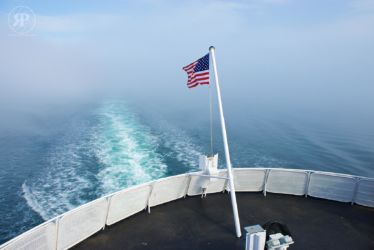
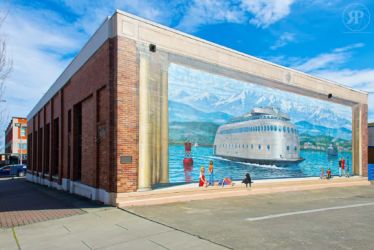
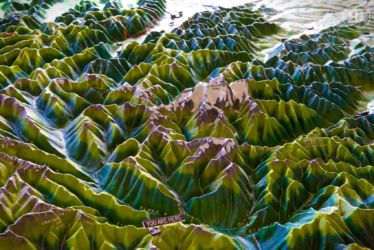
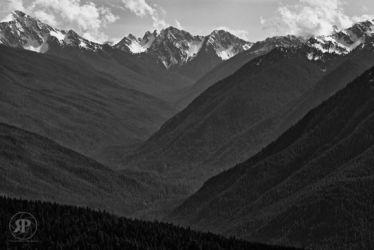
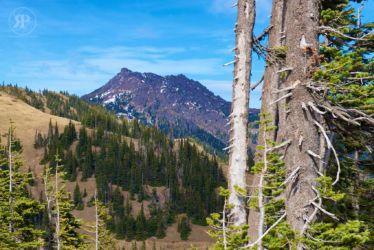
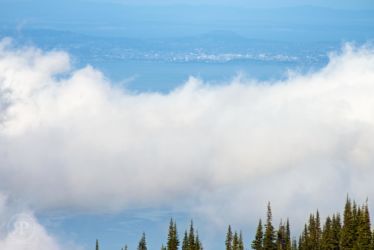
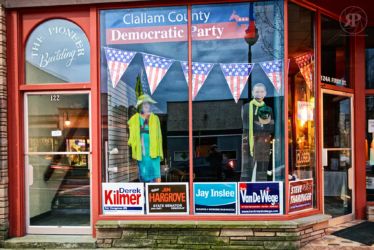
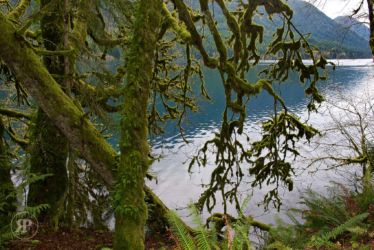
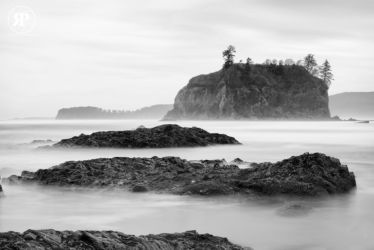
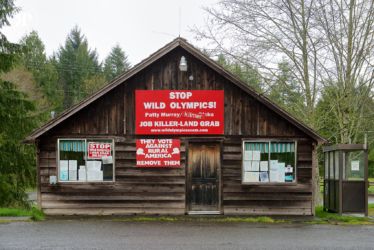
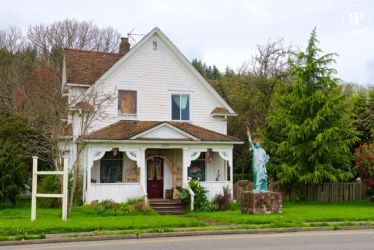

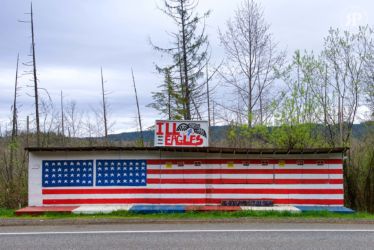
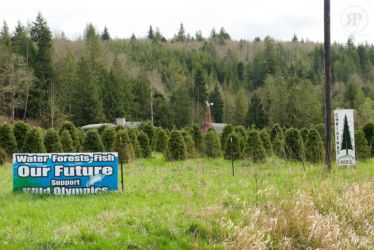
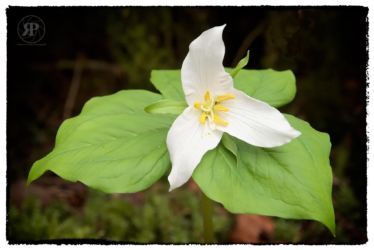
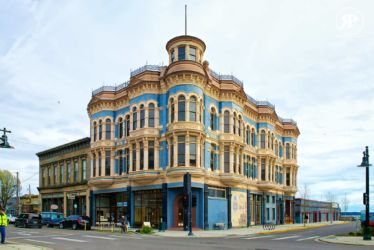
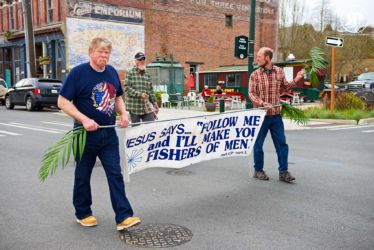
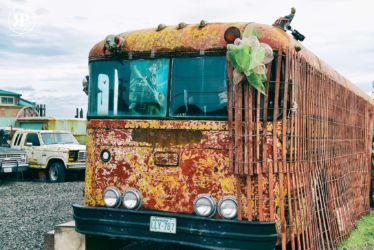
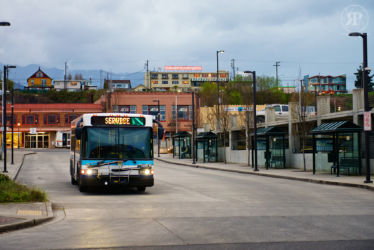
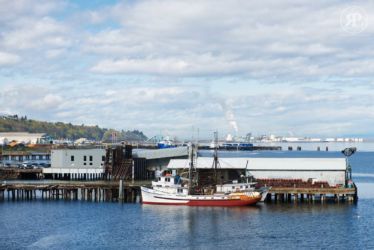
Amanda jones - Interesting placeApril 3, 2019 – 1:07 pm
Lynn Hirshman - Well, I lived on the Olympic Peninsula for ~ six months in 2005 and never made it across to Victoria (though I did go back to Seattle almost every weekend to spend time with my sister — a much longer jaunt). Of course, I only WORKED on the coast (the Quileute reservation); I lived 10 miles inland, in Forks which, before “Twilight” made it famous, was a rather sullen logging community.
I did do a fair amount of exploring in the park, though.April 3, 2019 – 9:33 am
Raymond Parker - I guess I blinked and missed Forks. I do recall the fork in the road down to La Push, but we continued on to the more southerly beaches. There are more “sullen [ex] logging communities” now, as per my post. The park really is the jewel of the area. I hope it survives.April 4, 2019 – 9:12 am